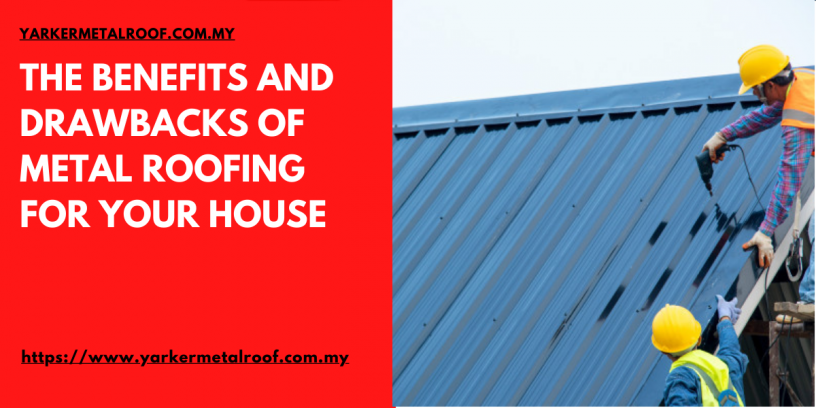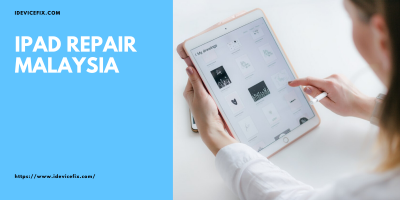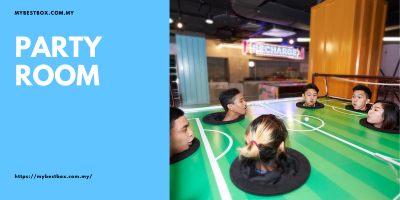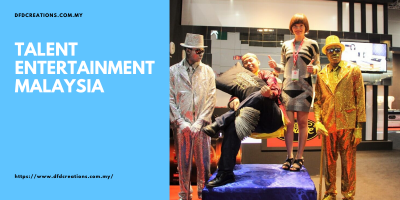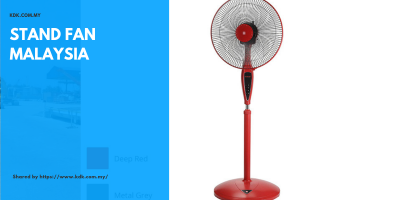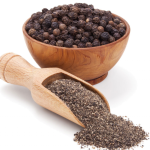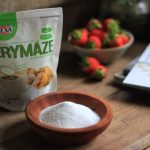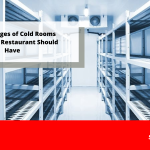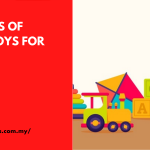There are several materials available whether you are installing a new roof on a new home or if your old roof has to be completely replaced. However, regardless of your roof design, metal roofing may be an appealing alternative due to its longevity, low maintenance, and energy efficiency. Steel (galvanised, galvalume, or weathering), aluminium, copper, zinc, and tin are all options. Vertical seam, pre-formed panels, and granular coated panels are the product kinds. You may have the look of shingles, slate, tile, shakes, or vertical panels by selecting a style. Ensure that your metal roofing product has been tested, labelled, and listed with a testing agency such as UL, FM Approvals, or Intertek in order to fulfil stringent wind, fire, and impact resistance rating criteria. Please keep in mind that installation may differ depending on geographic region, manufacturer standards, and local building code requirements.
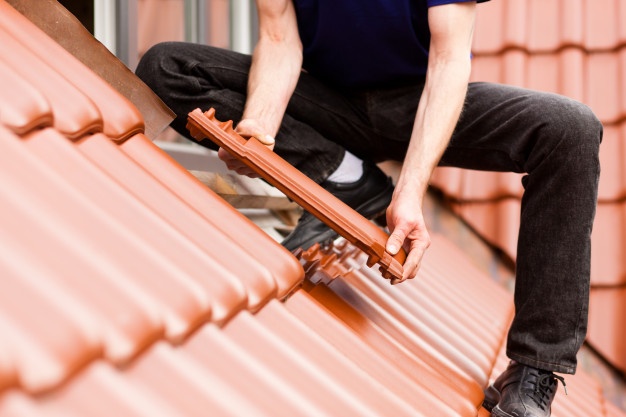
Metal roof advantages
Metal roofs have several advantages, including:
- Longevity: Metal roofs may endure anywhere from 40 to 70 years, depending on the material. Traditional asphalt roofing materials have a life expectancy of 12 to 20 years.
- Durability: Some metal roofs, when properly constructed, can withstand wind gusts of up to 140 miles per hour, will not corrode or break, and may be impact-resistant (depending on which product you choose). Furthermore, unlike other roofing materials, metal roofs do not have the costly upkeep that other roofing materials frequently necessitate. They should, however, be inspected on a regular basis to ensure that no repairs are necessary.
- Safety: During a wildfire or lightning strike, metal roofs will not spark and flare into flames.
- Energy efficiency: Metal roofs reflect the suns UV and infrared light rays that contribute to roof surface radiant heat, which can result in a 10-25% reduction in cooling costs.
- Environmentally friendly : Metal roofs not only contain a recycled content of 25-95 percent, depending on the material chosen, but they are also 100 percent recyclable at the end of their life as a roof. In contrast, the majority of shingle tear-off debris — up to 20 billion pounds per year — winds up in the building-related waste stream.
Metal roof disadvantages
Despite their numerous benefits, metal roofs have some possible downsides.
- Affordability: Metal roofs may be two or three times more costly than other types of roofing. While a metal roof has a considerably longer lifespan, investing in one makes sense only if you intend to stay in your house long enough to reap the financial benefits.
- Noisiness: Depending on the type of decking used during installation, metal roofs may be noisier than other materials during a strong rain or hailstorm (spaced or solid). Increasing attic insulation can sometimes address this problem, but it may raise expenditures.
- Expansion, contraction and fasteners: Metal roofing material assemblies connected in big panels are intended to expand and contract as they warm and cool. However, the lifespans of visible and concealed fasteners differ. The neoprene washers and screws used during installation may deteriorate and get dislodged over time, depending on the environment.
- Inconsistency of color match: It may be difficult to obtain a perfect match to the existing metal if a repair is necessary or a house expansion is built years later.
- Performance: Water can cause significant harm if it gathers anywhere on the roof as a result of improper installation or repair. Low-quality metals may also have a narrower gauge and be less durable. Some metals corrode more readily in particular regions or dent more easily during hail storms or installation than others.
For more information about metal roofing malaysia, please visit https://www.yarkermetalroof.com.my
